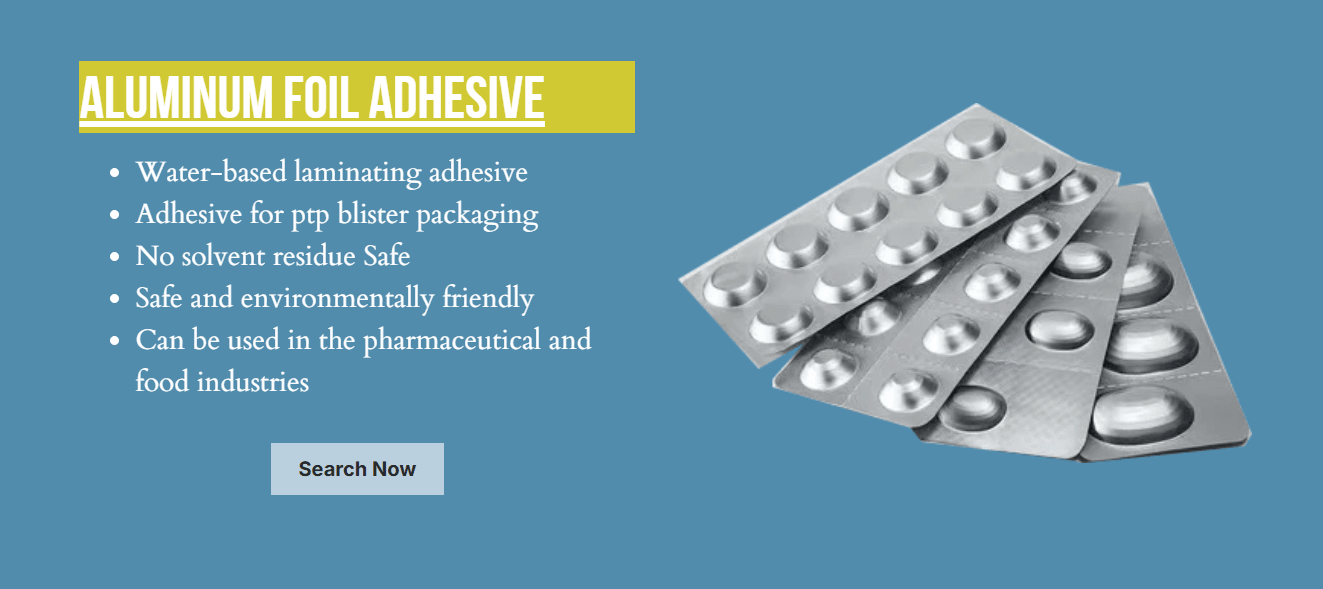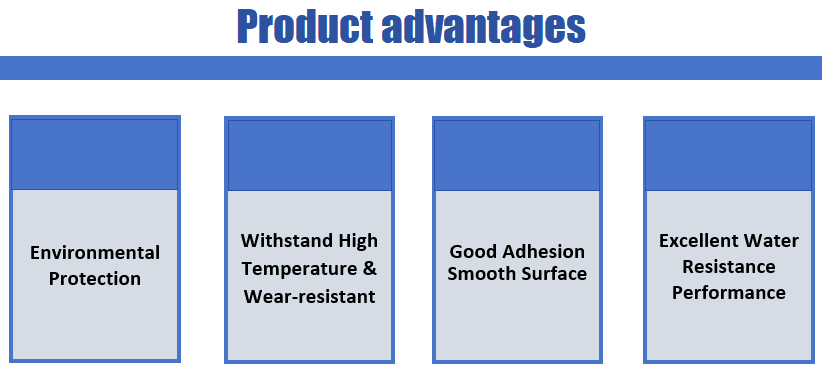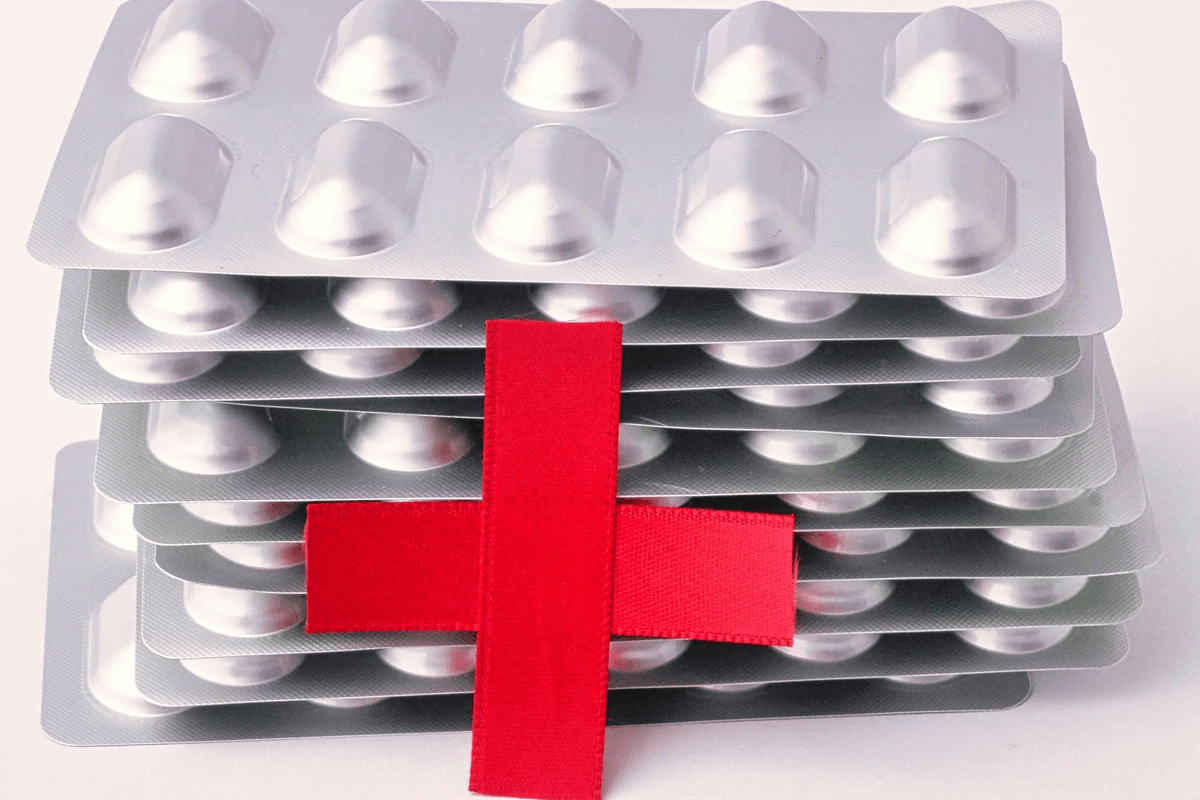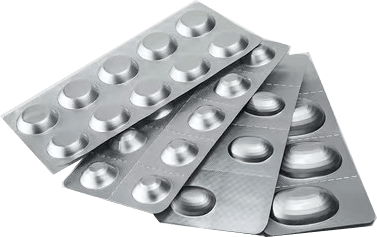Introduction

In the realm of healthcare, the importance of medical adhesives cannot be overstated. These specialized products play a crucial role in ensuring patient safety and comfort during various procedures, from wound care to surgical applications. With a plethora of options available, understanding the nuances of medical grade adhesive is vital for making informed choices that align with specific needs.
Importance of Medical Adhesives
Medical adhesives are essential tools in modern medicine, providing reliable solutions for securing dressings, supporting devices, and facilitating wound healing. Their ability to bond effectively while remaining biocompatible makes them indispensable in clinical settings. The right adhesive not only enhances patient care but also improves overall treatment outcomes by minimizing complications.
Understanding Medical Grade Adhesive
Medical grade adhesive refers to products specifically formulated to meet stringent safety and efficacy standards for use in healthcare environments. Unlike regular adhesives, these specialized formulations ensure that they do not cause irritation or adverse reactions when applied to skin or tissues. Familiarity with the different types of medical adhesives helps healthcare professionals choose the most suitable options for their patients' unique situations.
Choosing the Right Adhesive for Your Needs
Selecting the right adhesive glue can be a daunting task given the variety of choices available on the market today. Factors such as application type, bonding strength, and compatibility with materials like aluminum foil must be considered—especially when dealing with aluminum bonding type adhesives designed for specific uses. Additionally, opting for water-borne adhesives can provide an added layer of safety due to their lower toxicity levels compared to solvent-based alternatives.
Types of Medical Adhesives

Overview of Adhesive Glue Options
Medical adhesive options range from simple topical adhesives to complex formulations designed for critical applications in surgery. Some popular choices include cyanoacrylate (super glue), silicone-based adhesives, and hydrocolloid dressings that provide moisture management. Each type of adhesive glue offers distinct advantages depending on the intended use, such as flexibility, durability, or ease of removal.
In addition to these traditional options, innovations have led to the development of advanced medical-grade adhesives that prioritize safety and efficacy. These products often feature enhanced bonding capabilities while minimizing skin irritation—a crucial factor when dealing with sensitive patients or delicate procedures. Selecting the right adhesive glue is essential; it can significantly impact healing outcomes and patient comfort.
Differences Between Water-Borne Adhesives and Others
Water-borne adhesives are gaining traction in medical settings due to their non-toxic nature and lower environmental impact compared to solvent-based alternatives. Unlike traditional glues that may contain harmful chemicals, water-borne adhesives utilize water as a primary solvent, making them safer for both users and patients. This characteristic is particularly important when considering long-term exposure during procedures or treatments.
On the other hand, some non-water-borne adhesives may offer superior performance in specific situations—such as high-strength aluminum bonding type adhesives used in surgical applications where durability is paramount. However, they often come with increased toxicity levels that can pose risks if not handled properly. Thus, understanding these differences helps healthcare providers make informed decisions about which adhesive will best meet their needs while ensuring patient safety.
The Role of Medical Grade Adhesive in Healthcare
Medical grade adhesive plays a pivotal role in modern healthcare by providing reliable solutions for wound closure, device attachment, and skin protection among other uses. These specialized adhesives are engineered under strict regulations to ensure biocompatibility and effectiveness without compromising patient health or safety—an essential consideration for any medical application involving skin contact or open wounds.
Moreover, advancements in technology have allowed manufacturers to create versatile medical-grade options that cater specifically to various clinical scenarios—from quick-fix solutions like tape strips to more robust aluminum bonding type glues designed for lasting adhesion under challenging conditions. This adaptability ensures that healthcare professionals have access to tools tailored precisely for their unique requirements.
In summary, understanding the types of medical adhesives available—including their differences between water-borne varieties—is vital for effective application in healthcare settings. Whether it’s choosing an appropriate glue for aluminum foil or selecting a safe option like a non-toxic water-borne adhesive, making informed choices will enhance treatment outcomes while prioritizing patient welfare.
The Science Behind Adhesives

Understanding the science behind medical adhesives is crucial for anyone involved in healthcare or related fields. Medical grade adhesive formulations are designed to meet stringent safety and efficacy standards, ensuring they perform reliably in clinical settings. This section will delve into the chemical composition of these adhesives, how they bond and cure, and the unique benefits of aluminum bonding type adhesives.
Chemical Composition of Medical Adhesives
Medical adhesives are composed of various components that contribute to their performance and safety. Typically, they contain polymers, solvents, and additives tailored to enhance adhesion while minimizing toxicity. Water-borne adhesives are increasingly popular due to their lower environmental impact and reduced health risks compared to solvent-based options, making them ideal for medical applications.
The polymers used in medical grade adhesive formulations can vary widely; some may include silicone or polyurethane bases that provide flexibility and durability. These materials are engineered to ensure strong adhesion on a range of surfaces, including skin and medical devices. Understanding these components helps users select the appropriate adhesive glue for their specific needs.
How Adhesives Bond and Cure
The bonding process of medical adhesives is a fascinating interplay between chemistry and physics. When adhesive glue is applied, it undergoes a curing process where it transitions from a liquid state to a solid form through chemical reactions or evaporation of solvents. This transformation enables the adhesive to form strong bonds with surfaces such as skin or aluminum foil.
Curing can occur through various mechanisms: some water-borne adhesives cure by evaporating moisture, while others rely on heat or UV light exposure for activation. Once cured, these adhesives exhibit impressive tensile strength and flexibility—qualities essential for applications ranging from wound care to securing medical devices. Understanding this bonding mechanism is vital for ensuring optimal performance in healthcare environments.
Benefits of Using Aluminum Bonding Type Adhesives
Aluminum bonding type adhesives offer distinct advantages that make them particularly valuable in medical applications. Their ability to adhere strongly to aluminum foil makes them ideal for sealing packaging or creating reliable connections in electronic medical devices where aluminum is prevalent. This capability ensures that products remain sterile until use—a critical factor in healthcare settings.
Additionally, aluminum bonding type adhesives often feature robust resistance against moisture and temperature fluctuations, which can be beneficial when used in varying conditions found within hospitals or clinics. They also tend to be compatible with other materials commonly used alongside aluminum foil, enhancing versatility across multiple applications without compromising integrity or safety standards associated with medical grade adhesive solutions.
In summary, understanding the science behind these specialized glues not only helps professionals make informed choices but also ensures patient safety remains paramount in all adhesive-related applications.
Application Techniques

Best Practices for Applying Adhesive Glue
To achieve the best results with your medical adhesive, start by ensuring that both surfaces are clean and dry. Residue or moisture can compromise adhesion, leading to potential failures down the line. Apply a thin, even layer of adhesive glue; too much can lead to messiness and inadequate bonding.
Once applied, allow the adhesive enough time to cure properly before subjecting it to stress or strain. This is especially important for water-borne adhesives that may require specific drying times based on humidity and temperature conditions. Always consult the manufacturer's guidelines for optimal curing conditions tailored to your chosen Medical Grade Adhesive.
Finally, consider using tools like brushes or applicators designed specifically for precise application. This not only helps in controlling the amount of glue but also minimizes waste and ensures that you achieve a uniform bond across surfaces—crucial when dealing with sensitive materials in healthcare settings.
Tips for Using Glue for Aluminum Foil
When working with glue for aluminum foil, you’ll want to pay special attention to surface preparation and adhesive selection. Aluminum surfaces should be thoroughly cleaned with isopropyl alcohol to remove any oils or residues that could hinder adhesion; this step cannot be skipped! Once clean, choose an aluminum bonding type adhesive that is compatible with metal surfaces.
Applying a thin layer of medical adhesive will help create a strong bond without causing warping or bubbling in the aluminum foil itself. Use gentle pressure when pressing the pieces together; excessive force may disrupt the curing process of your chosen Medical Grade Adhesive. Remember that patience pays off—allow adequate time for curing before handling or using the bonded materials.
Lastly, consider environmental factors like temperature and humidity when applying adhesives on aluminum foil; these elements can significantly impact drying times and overall performance of water-borne adhesives. If conditions are less than ideal, think about adjusting your workspace accordingly—or wait until they improve!
Common Mistakes to Avoid
One common mistake people make when working with medical adhesives is neglecting surface preparation entirely—this can spell disaster! Always ensure both surfaces are clean; failing this simple step often leads to weak bonds that don’t hold up under stress. Additionally, over-applying adhesive glue can create messy situations where excess material seeps out from between surfaces instead of forming a solid bond.
Another pitfall is rushing through curing times; impatience here often leads to disappointment later on as bonds fail prematurely during use or handling. Always adhere strictly to manufacturer recommendations regarding drying times specific to your Medical Grade Adhesive choice!
Lastly, don’t forget about storage after you're done working—adhesives can degrade if not stored properly after opening due to exposure to air and moisture! Make sure caps are tightly secured after each use and store them in cool environments away from direct sunlight.
Safety Considerations

When it comes to medical adhesives, safety is paramount, especially considering their widespread use in healthcare settings. Understanding the toxicity levels of various adhesive formulations can help ensure that both patients and healthcare providers remain protected from harmful effects. This section will delve into the importance of selecting safe adhesives, particularly focusing on non-toxic water-borne adhesives.
Understanding Toxicity Levels in Adhesives
Toxicity levels in adhesives can vary significantly based on their chemical composition and intended use. Medical grade adhesive products are rigorously tested to meet safety standards, but not all adhesive glue is created equal; some may contain harmful solvents or chemicals that pose risks during application or after curing. It’s essential for users to be aware of these toxicity levels, as improper use could lead to adverse reactions or complications in sensitive environments like hospitals or clinics.
Importance of Using Non-Toxic Water-Borne Adhesives
The rise of non-toxic water-borne adhesives has revolutionized the field of medical adhesives, offering a safer alternative without sacrificing performance. These types of adhesives typically have lower volatile organic compounds (VOCs), making them less likely to cause irritation or allergic reactions when applied—an essential consideration for patients with sensitive skin. Moreover, using water-borne adhesives aligns with eco-friendly practices by reducing the environmental impact associated with traditional solvent-based glues.
Handling and Storage Tips
Proper handling and storage techniques are crucial for maintaining the efficacy and safety of medical grade adhesive products. Always store adhesive glue in a cool, dry place away from direct sunlight and heat sources to prevent degradation over time; this is especially important for aluminum bonding type adhesives that require stable conditions for optimal performance. Additionally, always follow manufacturer guidelines regarding usage and disposal to minimize risks associated with exposure or contamination.
Innovations in Adhesive Technology

The landscape of medical adhesives is evolving rapidly, driven by innovations that promise enhanced performance and safety. Among the frontrunners in this evolution is Chemix, a company dedicated to developing advanced adhesive solutions tailored for the healthcare sector. Their water-based resin solution exemplifies the commitment to creating effective medical-grade adhesives that meet strict regulatory standards while being user-friendly.
Overview of Chemix's Water-Based Resin Solution
Chemix's water-based resin solution is a game-changer in the realm of medical adhesives, particularly for applications requiring aluminum bonding type adhesives. This innovative formula offers strong adhesion properties while maintaining flexibility, making it ideal for various medical applications, including wound care and device assembly. With its non-toxic composition, this water-borne adhesive not only adheres effectively but also aligns with modern safety standards, ensuring peace of mind for both healthcare professionals and patients.
Environmental Benefits of Water-Based Adhesives
The shift towards water-borne adhesives like Chemix’s solution brings significant environmental benefits that cannot be overlooked. Unlike traditional solvent-based glues, which can release harmful VOCs (volatile organic compounds), water-based options minimize environmental impact and enhance indoor air quality. Additionally, these eco-friendly medical adhesives contribute to sustainability efforts within healthcare settings by reducing hazardous waste associated with adhesive disposal.
Future Trends in Medical Adhesive Development
Looking ahead, we can expect several exciting trends in the development of medical-grade adhesives that will revolutionize their use in healthcare settings. Research is increasingly focused on creating specialized formulations that cater to unique requirements such as biocompatibility and antimicrobial properties—making them even safer for patient use. Furthermore, advancements in smart adhesive technologies will likely enable real-time monitoring of bond integrity and healing processes, paving the way for more effective treatment solutions.
Conclusion

In the world of healthcare, selecting the right medical adhesive is paramount. From ensuring patient safety to optimizing treatment efficacy, the choice of adhesive can significantly impact outcomes. Understanding the nuances of Medical Grade Adhesive and its various applications is essential for healthcare professionals and patients alike.
Key Takeaways for Selecting Adhesives
When choosing an adhesive, always prioritize quality over cost; a reliable medical adhesive can make all the difference in a clinical setting. Consider specific needs such as whether you require glue for aluminum foil or an aluminum bonding type that provides strong adhesion without compromising safety. Finally, familiarize yourself with water-borne adhesives as they offer excellent performance while minimizing health risks associated with toxic substances.
The Role of Safety in Adhesive Use
Safety should never be an afterthought when it comes to using adhesive glue in any medical application. Non-toxic options, particularly water-borne adhesives, are crucial for reducing potential hazards to both patients and practitioners. By adhering to proper handling and storage guidelines, you can ensure that your use of medical adhesives remains safe and effective.
Staying Informed About Adhesive Innovations
The landscape of adhesive technology is constantly evolving, making it vital to stay updated on new developments in medical adhesives. Innovations like Chemix's water-based resin solution showcase how advancements can lead to safer and more efficient products tailored for healthcare needs. By keeping abreast of these trends, you not only enhance your knowledge but also improve your practice by utilizing cutting-edge solutions.
